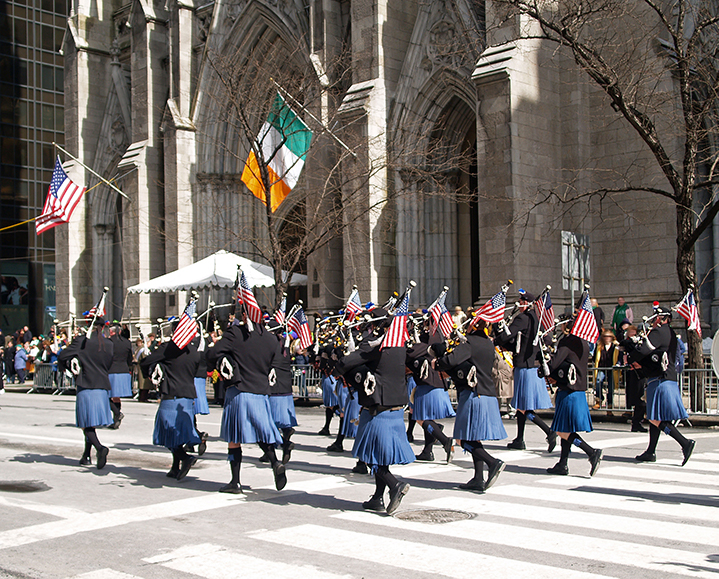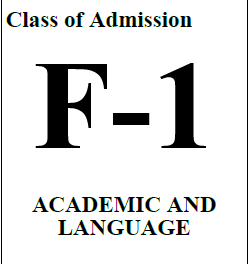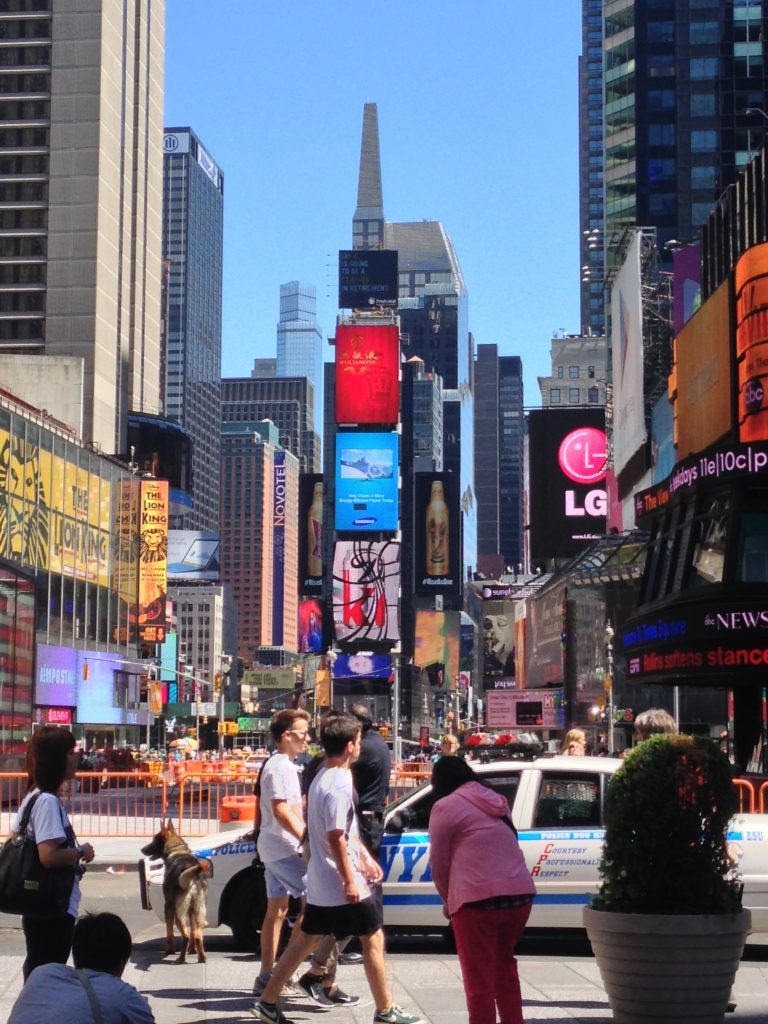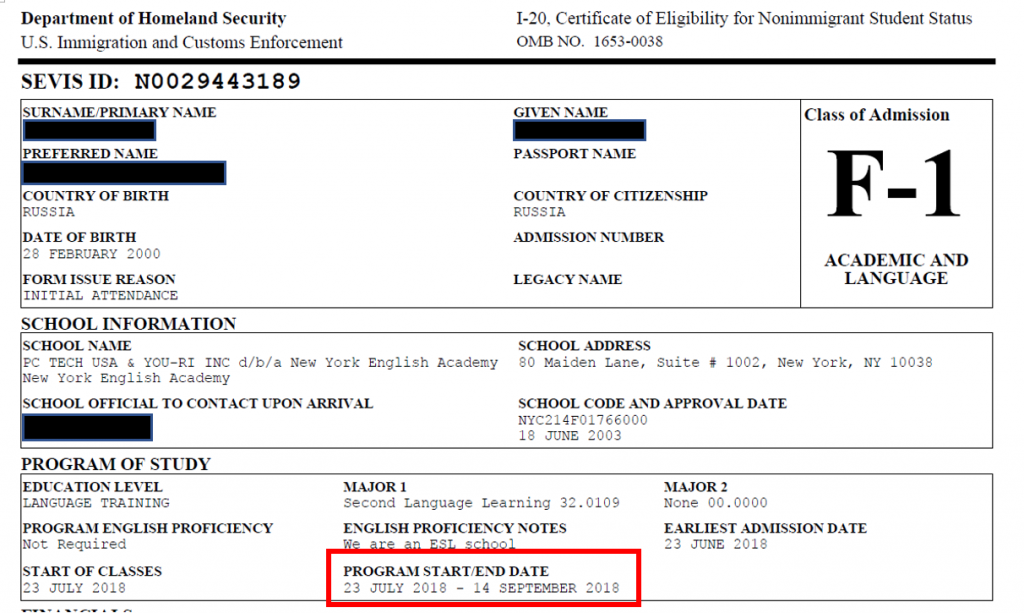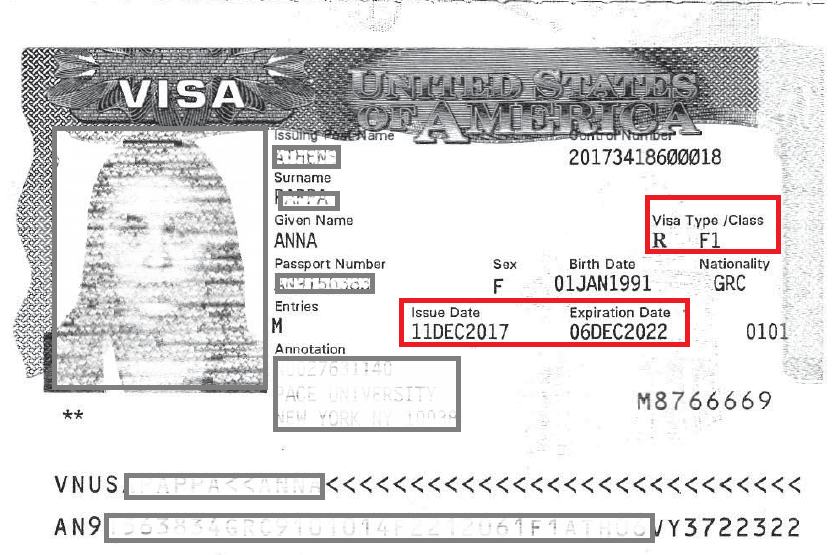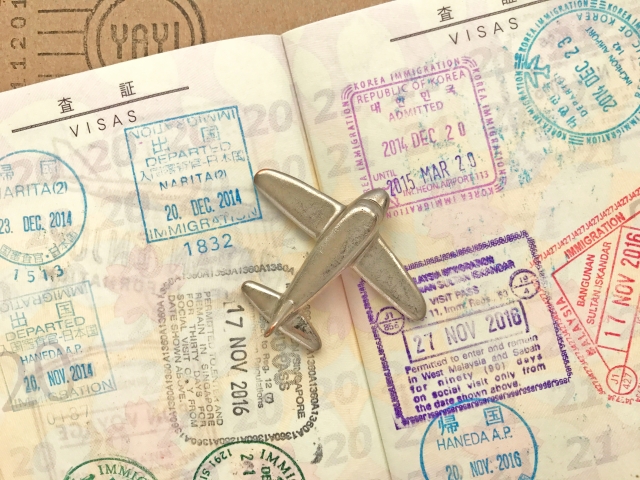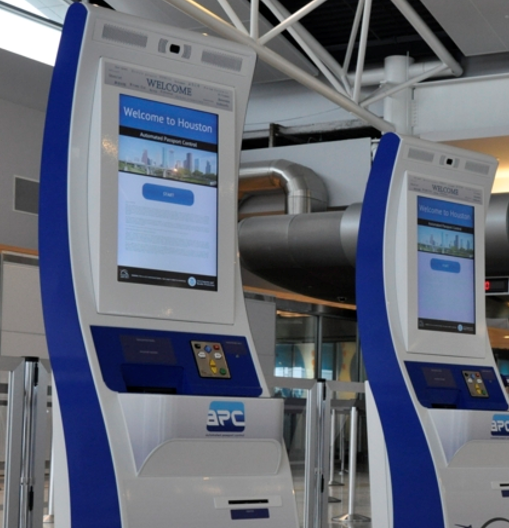We’re in the middle of a very uncertain time in our world, and it can be overwhelming to try and stay safe, calm, and sane when we’re being told to stay home. For those of us that are by ourselves or far away from loved ones, that isolation can be very loud. For me, I’ve been exploring all kinds of options for staying in touch and connected as well as staying in touch with myself.

When the quarantine first started, I saw it as a mini-vacation – I slept in frequently, parked myself in front of my TV for hours, and mentally checked out. After a few days of doing that, I started to feel unproductive and guilty about how I was spending my time. Before this virus came to New York City, I was always incredibly busy, wearing multiple hats of obligation and responsibility. I would often wish for a day off just to tend to personal matters. I realized that even though this virus is a scary and uncertain event, I had to be more mindful around how I was spending this time.
Even though I’m able to fulfill my job’s responsibilities remotely, I still found that my mental gymnastics were greatly reduced. I recognize that a lot of that is because I’m distracted by the anxiety of the uncertainty around this virus, but I also wasn’t doing the same things I normally was. I wasn’t interacting with people as much – obviously – and many of my activities were being cancelled. Now that we know this is going to be the norm for some time, I’ve actively decided to make sure that I’m doing something at least once a day that triggers my brain’s activities. It’s very easy to just burn a hole on your couch to make the time go by, but I’ve found these few changes have made a difference. Play word games
- Play word games
We are very fortunate to live in a time that allows us to connect with one another virtually. Through games on our phones to board games that you can “play with others” over FaceTime, you can keep your brain active and challenged. I downloaded Scrabble Go and play with friends or strangers to keep my thinking cap on. There are tons of other “brainfood” games out there, especially now, to keep your mind juices flowing.
- Read, read, read
I get that this is kind of a lost art these days given our extreme digital connectivity, but there’s no better time to dust off those books you’ve been meaning to crack open for some time. Not only will the stories take you to another world and distract you from current reality, but the activity itself will keep your brain much more active and checked in. If you’re looking for help or suggestions, GoodReads is a great place to get started.
- Exercise
I get that this is a physical activity, but getting your heart rate up is proven to also stimulate your brain. If you’re feeling frustrated, nervous, or defeated, simply going for a quick job can help you clear some of that clutter and feel a bit more at ease. You’ll also be able to rest easier during the day knowing that you’ve taken care of your body.
- Connect with friends and family
This one is probably the most paramount, and I’ve found this to be crucial when it comes to managing my health during this time. Since I live alone, the solitude is much louder than those that live with others. I’ve been calling my family members more and connecting with my friends more often to not only bridge the gap of isolation a bit, but it helps me to understand this scenario from others’ perspectives.
My sister has young children, so she worries about their health. My mom’s parents are in a nursing home on the other side of the country, so she’s worried about them. I have younger siblings in college that are now having to experience their academics away from campus. All of these unique and individualized experiences have put my own situation into perspective.
This is an uncertain time for people all around the world, and while I’m fortunate enough to be able to do my job remotely, I also recognize the impact that this is having on others, the economy, and our future as a whole. Personally, I hope you’re staying safe and calm, and remember to reach out to your loved ones.


















